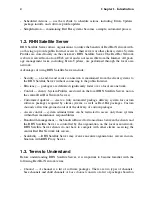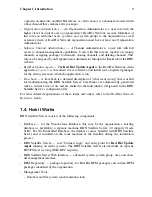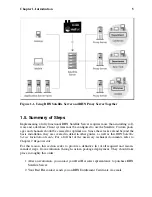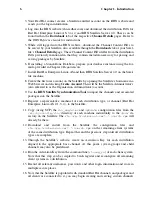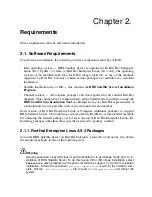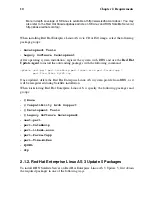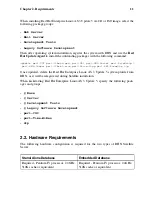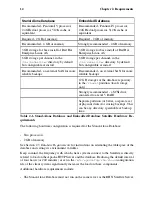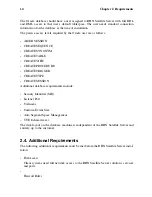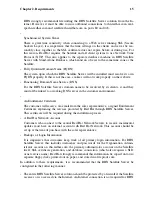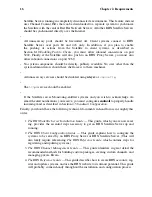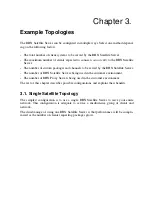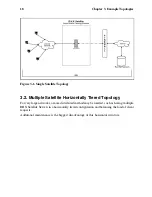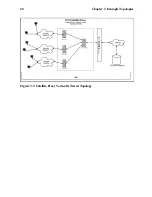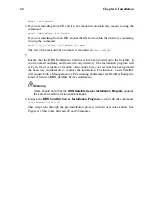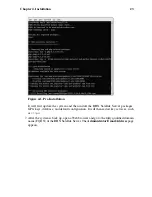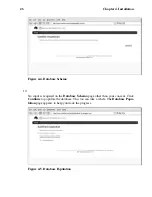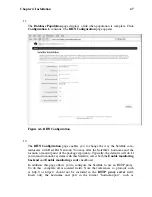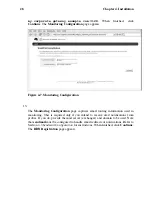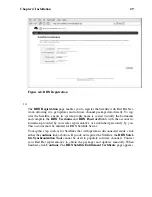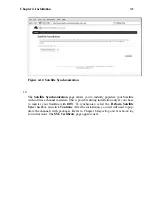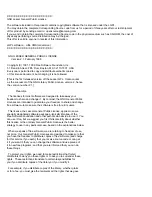
16
Chapter 2. Requirements
Satellite Servers running in completely disconnected environments. This feature instead
uses Channel Content ISOs that can be downloaded to a separate system to synchronize
the Satellite with the central Red Hat Network Servers. All other RHN Satellite Servers
should be synchronized directly over the Internet.
•
All unnecessary ports should be firewalled off. Client systems connect to RHN
Satellite Server over ports 80 and 443 only. In addition, if you plan to enable
the pushing of actions from the Satellite to client systems, as described in
Section 8.10
Enabling Push to Clients
, you must allow inbound connections on port
5222. Finally, if the Satellite will also push to an RHN Proxy Server, you must also
allow inbound connections on port 5269.
•
No system components should be directly, publicly available. No user other than the
system administrators should have shell access to these machines.
•
All unnecessary services should be disabled using
ntsysv
or
chkconfig
.
•
The
httpd
service should be enabled.
•
If the Satellite serves Monitoring-entitled systems and you wish to acknowledge via
email the alert notifications you receive, you must configure
sendmail
to properly handle
incoming mail as described in Section 4.3
Sendmail Configuration
.
Finally, you should have the following technical documents in hand for use in roughly this
order:
1.
The RHN Satellite Server Installation Guide
— This guide, which you are now read-
ing, provides the essential steps necessary to get an RHN Satellite Server up and
running.
2.
The RHN Client Configuration Guide
— This guide explains how to configure the
systems to be served by an RHN Proxy Server or RHN Satellite Server. (This will
also likely require referencing
The RHN Reference Guide
, which contains steps for
registering and updating systems.)
3.
The RHN Channel Management Guide
— This guide identifies in great detail the
recommended methods for building custom packages, creating custom channels, and
managing private Errata.
4.
The RHN Reference Guide
— This guide describes how to create RHN accounts, reg-
ister and update systems, and use the RHN website to its utmost potential. This guide
will probably come in handy throughout the installation and configuration process.

